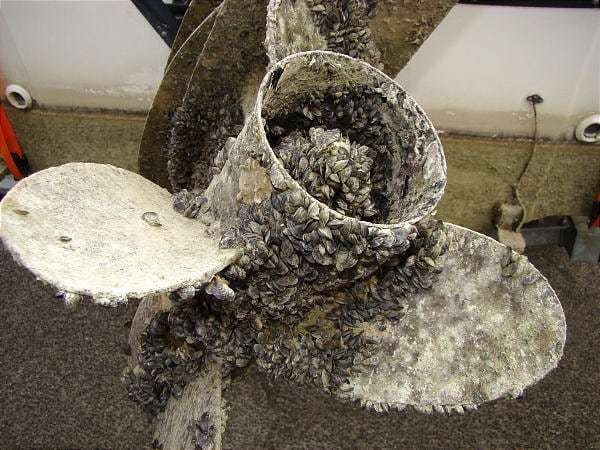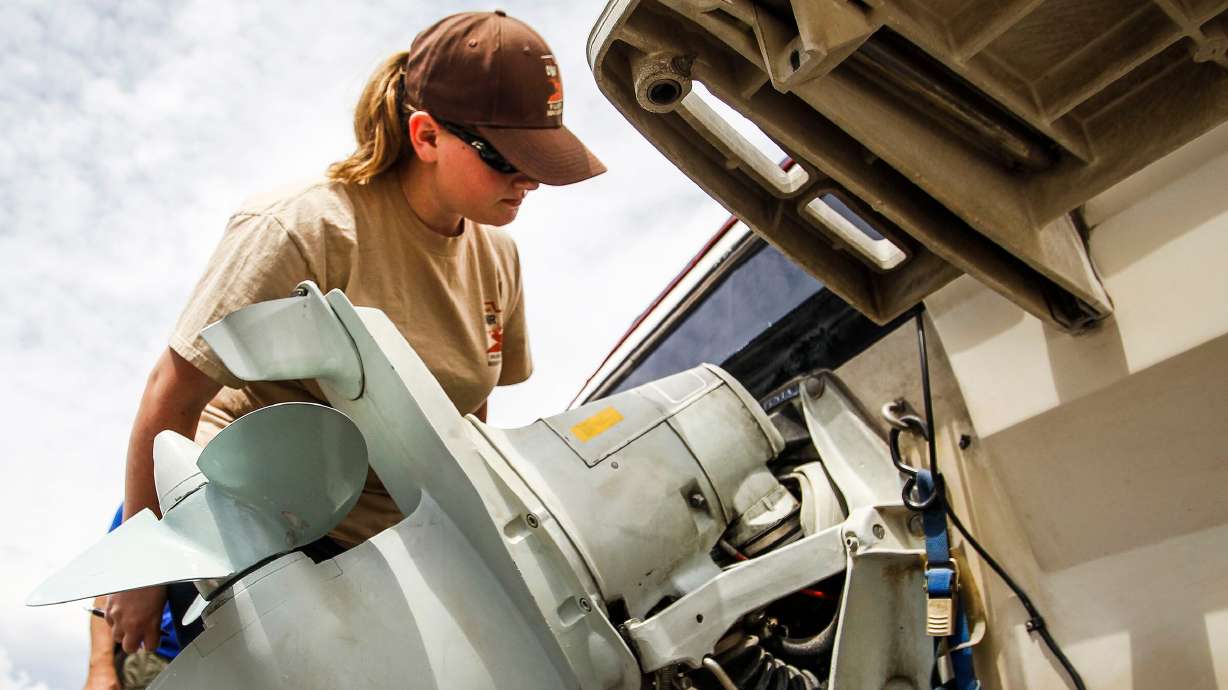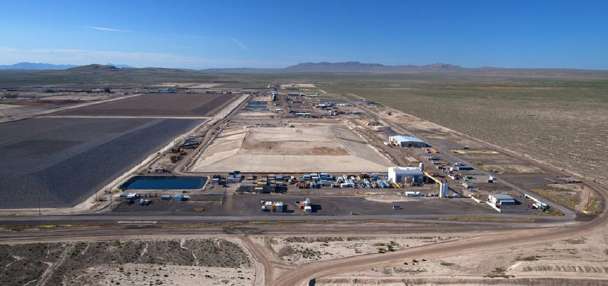Estimated read time: 4-5 minutes
- Quagga mussels are invasive species damaging Utah's water systems and ecosystems.
- They reproduce rapidly, clogging water lines and harming fish by removing plankton.
SALT LAKE CITY — The summer boating season brings wakeboarding, fishing and good times on the water. It also brings the dreaded quagga mussel.
The destructive aquatic invasive species infest lakes and reservoirs, typically from being transported on boats or other watercraft. They attach to hulls, propellers, rudders, keels and intake and exhaust ports. A single mussel can reproduce over 1 million eggs per year. Quagga mussels have shown up in several western states, including Utah, Arizona, Idaho, Nevada and California.
Unlike the mussels you find at the seafood market, quagga mussels are not edible, so people don't harvest the tiny mollusks for food as a means to get rid of them.
Removing quagga mussels is expensive and time-consuming. Once they're established, they're almost impossible to eradicate. They have an astounding ability to resist chemical and other methods of removal, according to the Utah Department of Natural Resources. The most effective way to decontaminate equipment is to prevent quagga mussels from being transported from one body of water to another.
Inspections and violations
Over this past Memorial Day weekend, the Division of Wildlife Resources, Utah State Parks, Arizona Game and Fish Department and the National Park Service and Utah Department of Natural Resources officers inspected 10,988 boats and performed 141 decontaminations.
Of those total numbers, 1,829 of the boat inspections and 63 of the decontaminations took place at inspection stations in the Lake Powell area, where the mussels were first found in 2012. Statewide, Department of Natural Resources officers found 113 violations of Utah laws established to prevent the spread of the invasive mussels.

The majority of the violations last weekend were due to:
- Boaters failing to take the mandatory mussel-aware boater program course and not paying the associated aquatic invasive species fee for motorized boats,
- Boaters failing to remove drain plugs while transporting their watercraft.
In addition to quagga mussels, wildlife agencies were also looking to prevent the spread of Eurasian watermilfoil, an invasive plant species.
While officers performed thousands of inspections that weekend, some drivers pulling boats blew right past mandatory checkpoints.
"We opened a new aquatic invasive species mandatory inspection station in Kanab, and unfortunately, we had some boaters drive past it over the holiday weekend," Lt. Bruce Johnson, of the Utah Department of Natural Resources Law Enforcement Aquatic Invasive Species Statewide Operations, said in a press release this week.
"Even watercraft that have been inspected at Lake Powell are required to stop at operating mandatory inspection stations to verify their inspection."

Boat cleaning
Utah has 40 inspection stations located at various boat ramps, along highways and at port of entry stations. The Division of Wildlife Resources and its partners have also installed five dip tanks across the state that more efficiently and effectively decontaminate complex boats. The dip tanks are free to use and are typically close to either the entrance of a state park or near a boat ramp.
Dip tanks are located at:
- Lake Powell — Stateline Launch Ramp at Wahweap Marina
- Utah Lake State Park
- Sand Hollow State Park
- Lake Powell — Bullfrog Marina
- Willard Bay State Park

What is a quagga mussel?
The quagga mussel is a species of freshwater mussel native to the Aral, Black and Caspian seas and the Dnieper River drainage in Ukraine. It's closely related to the zebra mussel. Quagga mussels were introduced to the Great Lakes in the late 1980s, likely as a result of ballast water discharge by ships from Europe, and spread quickly to other U.S. waterbodies via contaminated boats and other watercraft.
The thumbnail-sized, two-shelled mollusks are shaped like the letter "D" and vary in color from brownish yellow to black. Quagga mussels reproduce via eggs that free-float in the water until fertilized, and then the microscopic larvae — called veligers — emerge after three to five days. Veligers are dispersed in the water while they grow and are free swimming for up to a month until they are large enough to secure an attachment site on just about any kind of surface. They go through metamorphosis and grow an adult shell, reaching maturity in one to two years, per the Division of Wildlife Resources.
Destructive mollusks
According to the Division of Wildlife Resources, quagga mussels:
- Plug water lines, even lines that are large in diameter.
- Get into water delivery systems, costing millions of dollars annually to remove and keep the pipes free, which can result in higher utility bills.
- Remove plankton from the water, which hurts fish species.
- Get into a boat's engine cooling system, fouling the system and damaging the engine.
- Stink when they die in large numbers and are sharp obstacles on beaches.









